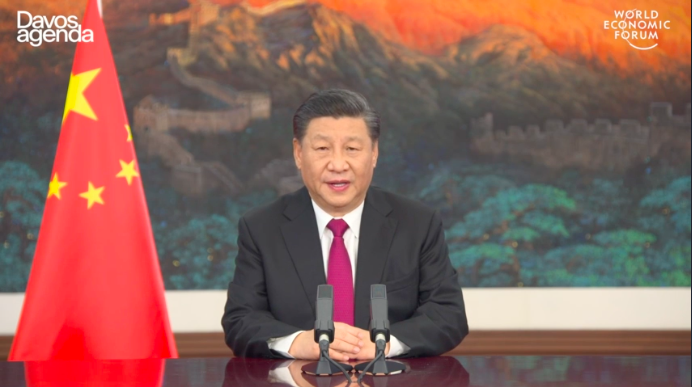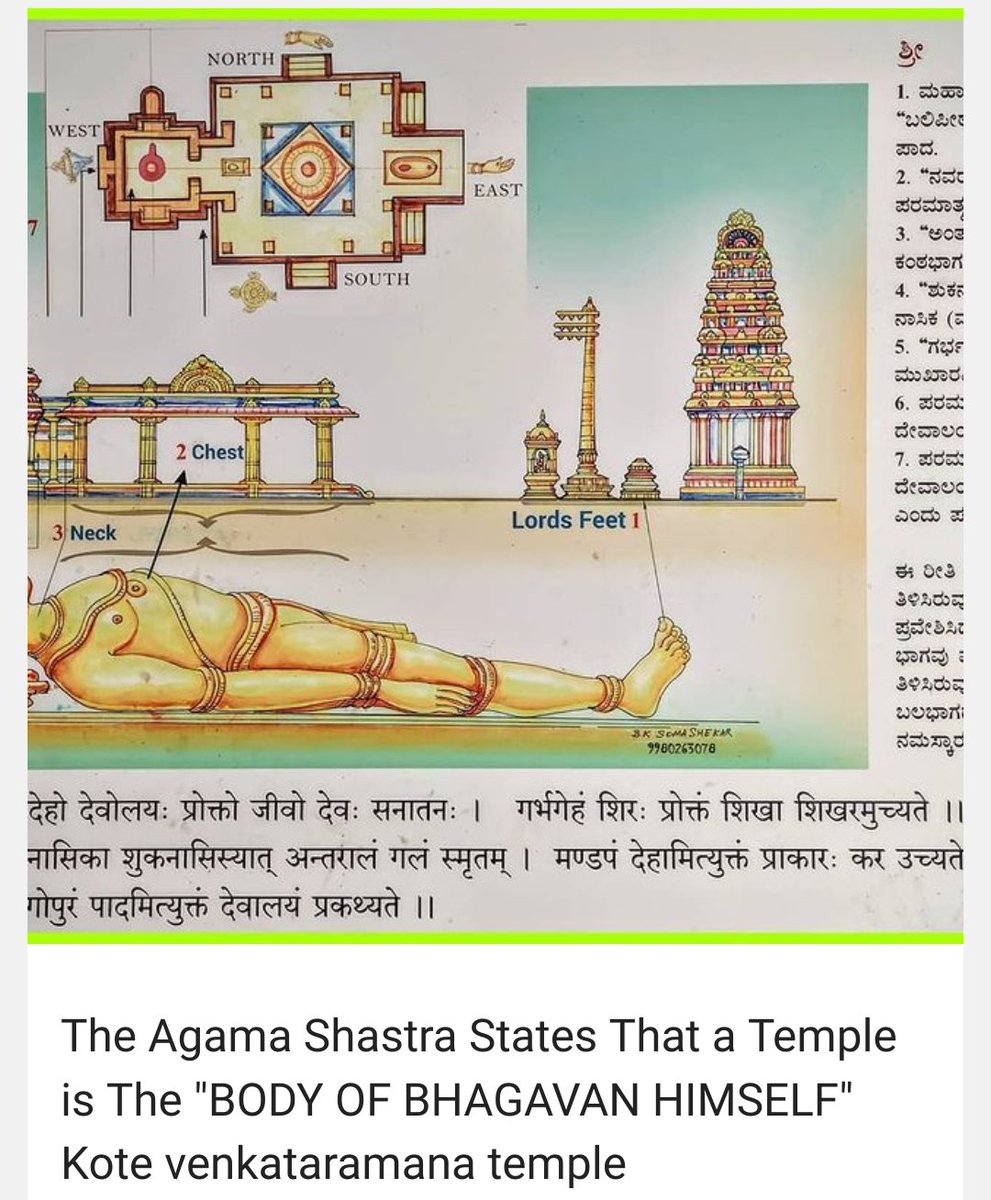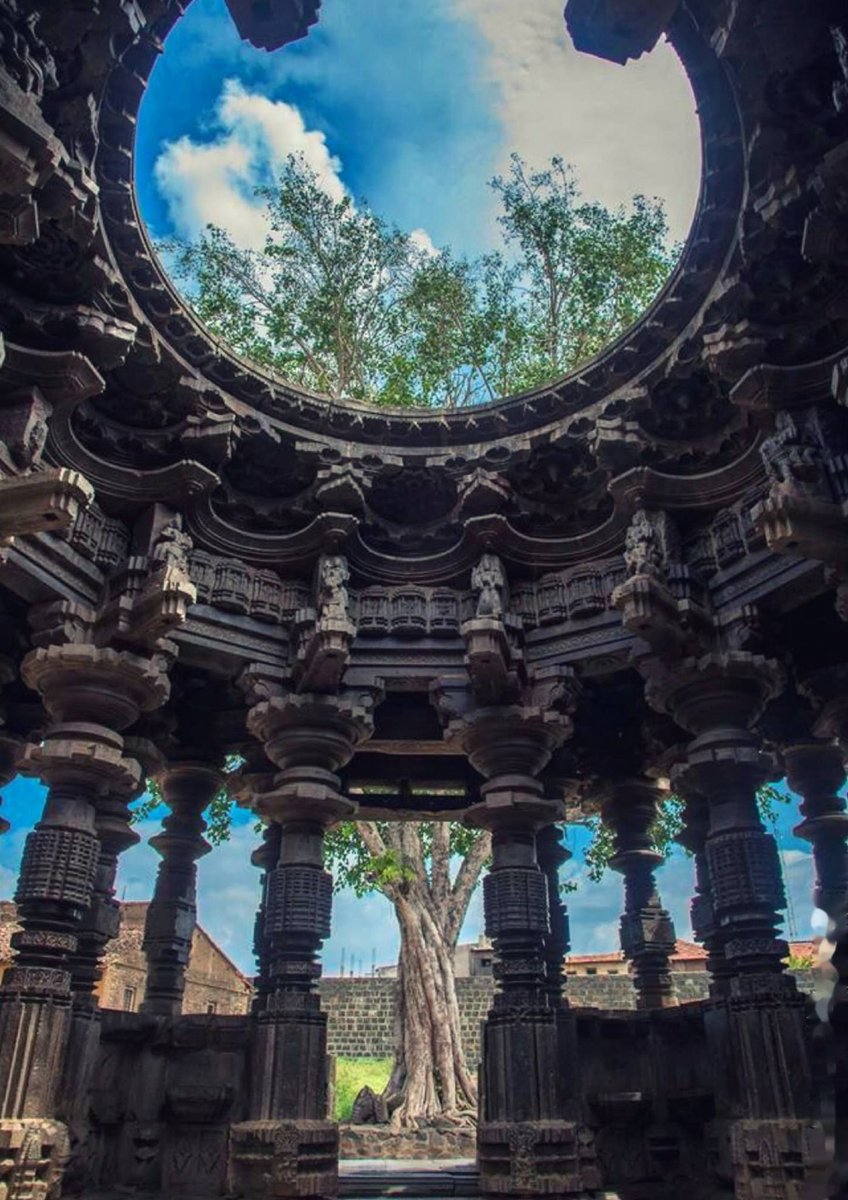/2
The dust hasn't yet settled, but we can draw some early conclusions from today's protests in #Russia. TL;DR: The Kremlin and the opposition are at a stalemate.
/1
/2
/3
/4
/5
/6
/7
/8
/9
/10
/11
/12
/13
/14
/15
More from World
I'll bite, Mr. Gray. We can even play by your rather finicky rules.
Let's begin with some of the things you have said about Xinjiang, notably absent from your more recent media appearances, but still present in your blog about your 2014 biking trip.
The following is taken from an ongoing list I keep of people who have been to Xinjiang and written/spoken about their experiences. It is separate from the testimony of detainees and their relatives I also keep. Jerry is on this
Jerry, your article for CGTN, as well as your various Medium pieces, belabor themselves to emphasize the smoothness of your time in Xinjiang. Why did you leave out so many details from your log of your 2014 trip? They seem relevant.
For example, would CGTN not let you speak about Shanshan, the town that evidently disturbed you so much?

Why, pray tell, after noting how kind and hospitable Xinjiang police were to you in 2019 for CGTN—and how you were never told where you could or could not go—would you omit these details?

Let's begin with some of the things you have said about Xinjiang, notably absent from your more recent media appearances, but still present in your blog about your 2014 biking trip.
Prove it...
— Jerry's China (@Jerry_grey2002) December 30, 2020
Without quoting Adrian Zenz who's never been there or exiles and criminals who seek asylum or cash for their stories or perhaps some satellite images of shopping centres and factories with fencelines.
You can't show any evidence that this is true https://t.co/wiozJIjusH
The following is taken from an ongoing list I keep of people who have been to Xinjiang and written/spoken about their experiences. It is separate from the testimony of detainees and their relatives I also keep. Jerry is on this
Jerry, your article for CGTN, as well as your various Medium pieces, belabor themselves to emphasize the smoothness of your time in Xinjiang. Why did you leave out so many details from your log of your 2014 trip? They seem relevant.
For example, would CGTN not let you speak about Shanshan, the town that evidently disturbed you so much?

Why, pray tell, after noting how kind and hospitable Xinjiang police were to you in 2019 for CGTN—and how you were never told where you could or could not go—would you omit these details?

Ladies and Gentlemen, it's time! https://t.co/xPMGL36VGy

So today, I am going to quickly talk about 4 or 5 countries where you can get residence visas.
Why residence visas?
For starters, they are cheaper, FAR CHEAPER than passports, and offer almost all the benefits, not not, but a large swathe of them.
Second, residencies can be...
a pathway to citizenship.
In one or two of the countries I will talk about tonight, if you renew your residencies long enough, and fulfill all requirements, according to their law, which differs from country to country, you become eligible to apply for full citizenship.
So...
you can see why they are good enough?
Cool. Alright, let's begin.
The first country is
1. Barbados
Yes, @Rihanna's country.
The first thing I love about it is it's fully black, majority descendants of ex-slaves of Igbo extraction.
That's why they refer to their country...
Barbados last year officially launched its 12-month Barbados Welcome Stamp, a new visa that allows remote workers to live and work from the Caribbean country for up to a year.
Applicants must electronically submit documents, such as a copy of their international passport and...

I'll do a thread of countries outside Nigeria where you younglings + all of you "young at heart" making smart internet money can get Permanent and Temporary residencies, allowing multiple entries and exits.
— Ikenna Ronald Nzimora (@ronaldnzimora) February 18, 2021
As always the idea is for you guys to have a PLAN B.
Tonight. 8 PM.
So today, I am going to quickly talk about 4 or 5 countries where you can get residence visas.
Why residence visas?
For starters, they are cheaper, FAR CHEAPER than passports, and offer almost all the benefits, not not, but a large swathe of them.
Second, residencies can be...
a pathway to citizenship.
In one or two of the countries I will talk about tonight, if you renew your residencies long enough, and fulfill all requirements, according to their law, which differs from country to country, you become eligible to apply for full citizenship.
So...
you can see why they are good enough?
Cool. Alright, let's begin.
The first country is
1. Barbados
Yes, @Rihanna's country.
The first thing I love about it is it's fully black, majority descendants of ex-slaves of Igbo extraction.
That's why they refer to their country...
Barbados last year officially launched its 12-month Barbados Welcome Stamp, a new visa that allows remote workers to live and work from the Caribbean country for up to a year.
Applicants must electronically submit documents, such as a copy of their international passport and...






















